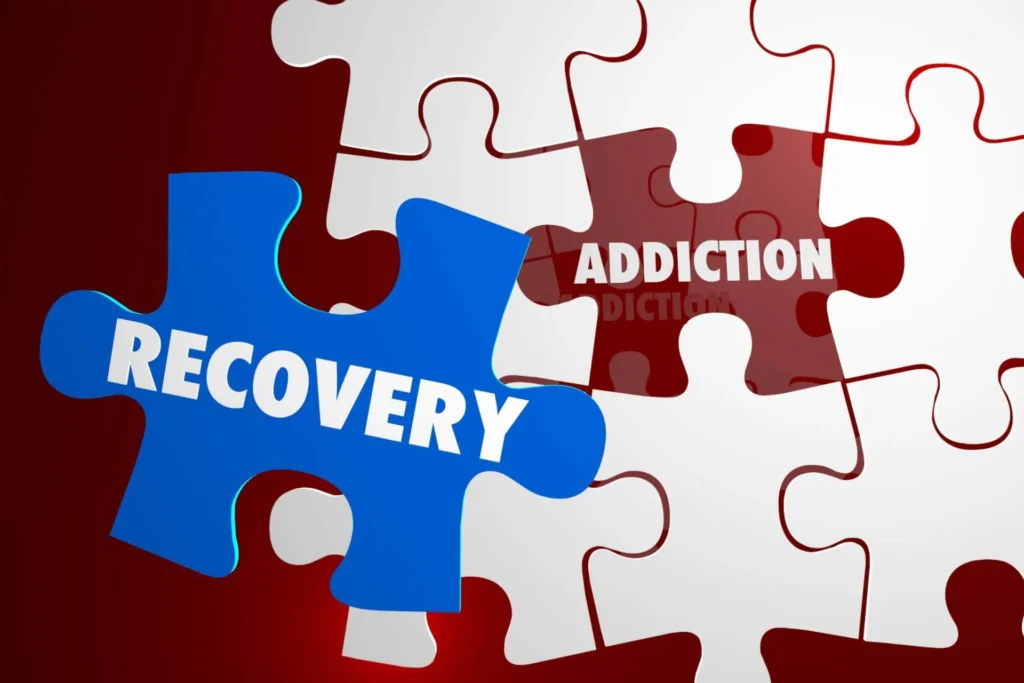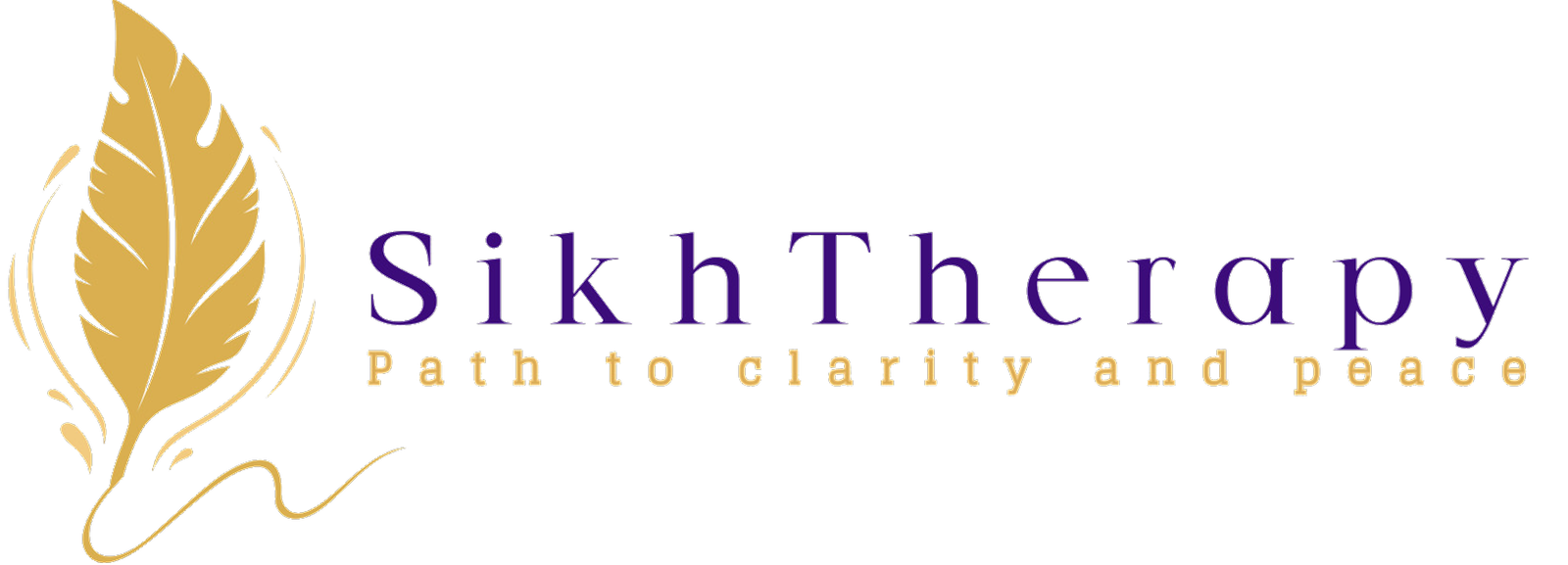Addiction
- Home
- Addiction
What Is Addiction?
Addiction is a condition where a person repeatedly uses a substance or engages in a behavior, such as drinking, drug use, or gambling, despite knowing it causes harm. This is driven by the rewarding feelings the activity provides, which can overpower judgment and self-control.
Addiction affects brain circuits related to reward, motivation, and memory—especially those involving dopamine. Over time, the brain’s prefrontal cortex, which manages decision-making and impulse control, becomes altered. Fortunately, these changes can often be reversed with recovery.
People with addictions may struggle to stop, even when their health, relationships, or responsibilities suffer. They may also develop a tolerance, needing more of the substance to feel the same effect. Addiction commonly coexists with mental health conditions like depression or anxiety.
Recovery is possible, and many people find different paths to healing—on their own, through support groups, or with professional treatment. Relapse is a normal part of the journey and doesn’t mean failure. With time, brain function can improve, and long-term recovery is very achievable.

Myths About Addiction
Addiction is a complex condition with no single cause. While genetics and biology can play a role, social, psychological, and environmental factors also have a strong influence on substance use.
Some traits—like difficulty handling stress or intense emotions—may be linked to addiction, but there is no specific “addictive personality” that determines who will struggle with it. The idea of a clear-cut profile for addiction is a myth; every individual’s experience is shaped by a unique mix of factors.

Symptoms of Addiction
Addiction is marked by repeated use of a substance or behavior that leads to distress or life disruption. A clinical diagnosis is made when at least two of several key symptoms are present, reflecting how deeply the addiction impacts daily functioning.
Common symptoms include:
Using the substance or engaging in the behavior more often or for longer than intended
Repeated, unsuccessful efforts to cut down or stop
Spending a significant amount of time obtaining, using, or recovering from it
Experiencing strong cravings or urges
Failing to meet responsibilities at work, school, or home
Continuing use despite ongoing relationship or social problems
Giving up important activities or hobbies
Using in situations that are physically dangerous
Persisting despite physical or mental health issues caused or worsened by the behavior
Developing tolerance—needing more for the same effect
Experiencing withdrawal symptoms, or using other substances to relieve them
Causes of Addiction
Addiction is a complex condition that arises from the interaction of many factors, making it impossible to predict who will develop compulsive behaviors. Instead of direct causes, it’s more accurate to think of risk factors that increase the likelihood of addiction, as well as protective factors that reduce it.
Biological Factors
Genetics: Genetics contribute to about half of the risk for addiction. Variations in genes related to dopamine receptors and stress-response hormones are key contributors.
Physiological Factors: The way the body processes substances, such as liver enzymes that metabolize alcohol, can influence the risk of addiction.
Gender: Males are generally at higher risk for substance use disorders, though this gap is narrowing, especially for alcohol use. Females may experience stronger intoxication effects at lower doses.
Psychological Factors
Personality Traits: Impulsivity and sensation-seeking behavior are linked to a higher risk of addiction. Impulsivity, in particular, may contribute to relapse.
Trauma and Abuse: Early adverse experiences, such as abuse or neglect, can overwhelm an individual’s ability to cope, making them more vulnerable to addiction.
Mental Health: Conditions like depression, anxiety, PTSD, and ADHD increase the likelihood of developing addiction. Difficulty managing emotions is also a significant factor.
Environmental Factors
Family Dynamics: Strong family relationships can protect against addiction, while dysfunctional family environments—such as parental substance use, poor supervision, or abuse—raise the risk.
Accessibility: Easy access to substances like alcohol and drugs in the home, school, or community increases the chances of substance use.
Peer Influence: Adolescents, in particular, are highly influenced by their peers. Positive friendships can reduce risk, while peer pressure can increase it.
Employment: A stable job and the skills to maintain employment provide financial security and psychological rewards, both of which help protect against addiction.
Understanding these risk and protective factors can help in addressing the causes of addiction and developing strategies for prevention and recovery.

Treatment of Addiction
Substance use disorders are treatable, and complete recovery is achievable. However, it’s often a long-term journey that may involve setbacks, with relapse considered part of the process. Treatment focuses on prevention and managing recurrent use, with progress made through incremental improvements.
Treatment options vary, often combining several approaches and evolving over time. Effective programs address various aspects of life, including mental health, family roles, and work skills.

Key Components of Treatment:
Detoxification: Medically supervised detox is the first step, but it’s only the beginning.
Medications: These may help reduce cravings or treat co-occurring mental health conditions, such as anxiety or depression.
Motivational Interviewing: Short-term counseling helps resolve ambivalence about treatment and identify reasons for change.
Cognitive Behavioral Therapy (CBT): CBT helps individuals recognize and cope with situations that trigger substance use.
Group Therapy & Peer Support: Sharing experiences with others in recovery provides support and reduces the chance of relapse.
Family Therapy: This helps repair and strengthen family relationships, fostering a supportive environment for recovery.
Life Skills Training: Skills for employment and daily functioning are taught to help individuals reintegrate into society.
Substance Use Disorders
Substance use disorders (SUDs) are classified based on the type of drug used. These disorders involve the brain’s reward and reinforcement systems, leading to compulsive use and neglect of normal activities, often with negative consequences. While symptoms may vary, withdrawal symptoms differ significantly depending on the substance, with some, like hallucinogens and inhalants, not producing withdrawal effects.
1. Alcohol Use Disorder
-
Prevalence: More common in men (12.4%) than women (4.9%).
-
Symptoms: Affects brain functions, leading to addiction that often develops before age 40. Women may experience more detrimental effects.
2. Caffeine Intoxication
-
Symptoms: Restlessness, insomnia, muscle twitching, nervousness, gastrointestinal issues, and rapid heartbeat due to excessive caffeine consumption.
3. Cannabis Use Disorder
-
Prevalence: Highest among 18-29-year-olds (4.8%), with decreasing rates as age increases.
4. Phencyclidine and Hallucinogen Use Disorder
-
Substances: Includes PCP (“angel dust”) and other hallucinogens, which alter perception and cause mind-body separation feelings.
5. Inhalant Use Disorder
-
Substances: Volatile hydrocarbons from glue, fuels, and paints, often used by individuals aged 12-17.
6. Opioid Use Disorder
-
Substances: Includes heroin and prescription opioids like oxycodone and fentanyl.
-
Prevalence: Over 2 million Americans had a prescription opioid use disorder, and nearly 600,000 had heroin-related disorders in 2015. Opioid overdoses are the leading cause of death for Americans under 50.
7. Sedative, Hypnotic, or Anxiolytic Use Disorder
-
Substances: Sleeping pills and anti-anxiety medications (e.g., benzodiazepines).
-
Prevalence: Highest among 18-29-year-olds.
8. Stimulant Use Disorder
-
Substances: Amphetamines, Ritalin (methylphenidate), and cocaine, often used to treat ADHD or narcolepsy. Cocaine use is most common among 18-25-year-olds in the U.S.
9. Tobacco Use Disorder
-
Substance: Nicotine, a stimulant affecting the central nervous system.
-
Prevalence: 68% of adult smokers want to quit, with 50% having made attempts.
10. Other (or Unknown) Substance Use Disorder
-
Substances: Includes antihistamines, steroids, and other substances affecting the central nervous system, causing compulsive use.
These disorders, while varied, share the common thread of impacting brain functions and leading to compulsive behavior with harmful consequences.

Gambling and Other
Compulsions or Addictions
Addiction is not confined to substances like alcohol, nicotine, or cocaine but can also involve behaviors that provide immediate rewards, such as gambling, gaming, and excessive use of smartphones or the internet. Gambling disorder, for example, is characterized by the need to gamble with increasing amounts of money, irritability when trying to cut back, repeated failed attempts to stop, and preoccupation with gambling. It can also lead to lying, financial distress, and jeopardizing relationships and responsibilities. In 2018, the World Health Organization classified Gaming Disorder in the International Classification of Diseases, acknowledging that excessive gaming, like other addictive behaviors, can take priority over daily activities despite negative consequences. Other compulsive behaviors, such as internet gambling, pornography consumption, and shopping, are also being studied for their potential to become behavioral addictions. While these activities provide immediate rewards, it’s still unclear whether they fully meet the criteria for addiction. In all cases, these behaviors can disrupt a person’s life, overshadowing other goals and leading to harmful consequences.






